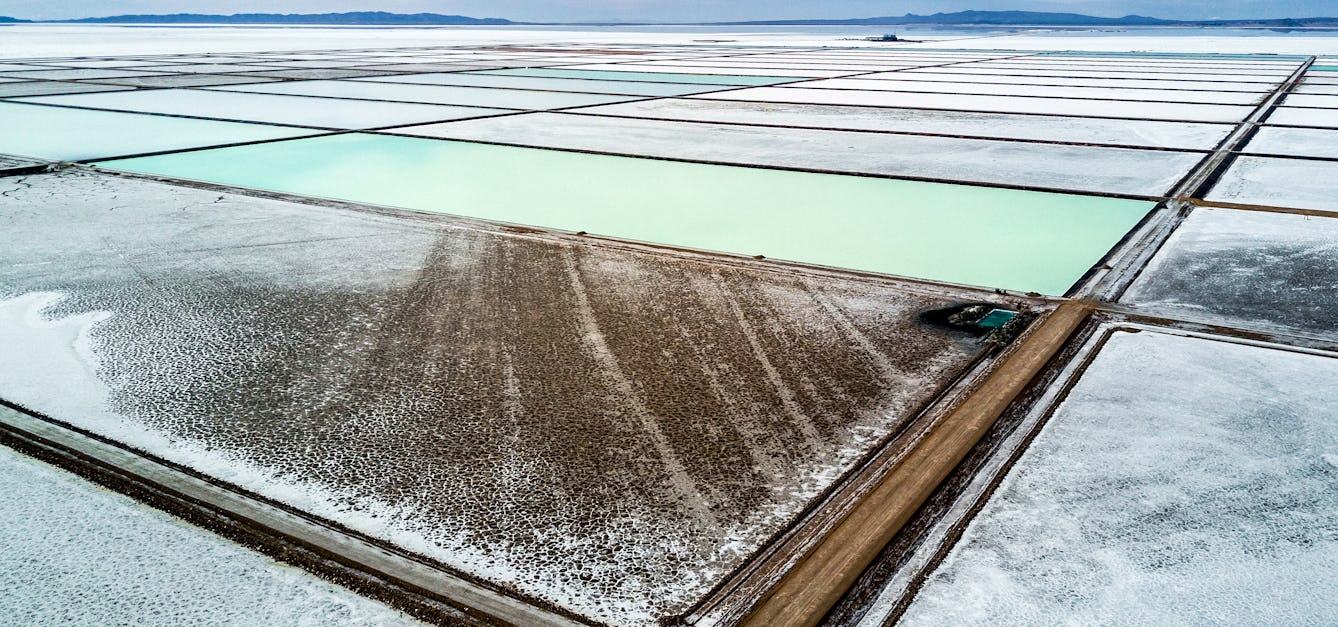Stories

- Article
How homesickness inspires art
Gail Tolley looks at homesickness through the eyes of three contemporary artists and finds powerful new themes of identity and connection.

- Article
Finding out where my lithium comes from
The origins of the lithium Laura Grace Simpkins swallows daily are unclear. If we don’t know the provenance of our pills, how can we make informed decisions about them?

- Article
The ugly truth about fast fashion
Aja Barber reflects on her relationship with fast fashion, outlines its polluting and destructive effects, and shares the small, personal changes we can make that could help.

- Article
Unravelling genetic origins from the potato to cinchona
Starting with the humble potato, Nataly Allasi Canales reveals how researchers unearth the genetic origins of modern plant varieties, and explains why their work is so important for biodiversity.
Catalogue
- Archives and manuscripts
Chile correspondence
Date: 1971-1989Reference: SA/ILE/G/2/8/1Part of: Archive of the International League Against Epilepsy- Archives and manuscripts
Chile 1969
Date: 20 November 1969Reference: SA/ICM/B/1/6Part of: International Confederation of Midwives- Archives and manuscripts
Chile
Date: 1972Reference: SA/DRS/J/4Part of: DrugScope- Archives and manuscripts
"Chile"
Date: 1973-1974Reference: PP/GBO/B/8Part of: Godfrey Boyle: archives- Archives and manuscripts
Chile
Date: 1971-1989Reference: SA/ILE/G/2/8Part of: Archive of the International League Against Epilepsy







![[Leaflet advertising the exhibition of The Petrified Man from Tucapel, Chile, in the Trance Room of the Royal Aquarium, London].](https://iiif.wellcomecollection.org/image/b28549703_0001.jp2/full/282%2C/0/default.jpg)

